Throes
In the throes of artistic creation,
The pristine canvas, unblemished and pure,
Remains indifferent to your worry
Of tarnishing its surface with your artistry.
The humble paper does not lament
As you imprint it with your intended significance.
Nor does the void, the apparent nothingness,
Concern itself with the pretense of being something.
It is you, oh human,
Who, in your quest to shape and define,
Are perceived as the harbinger of ruin,
Transforming the unadulterated into something else.
You take the virgin consciousness,
And in your plundering, you assert a self.
Yet, the virgin remains unaffected,
While it is you who bear the weight of concern.
Why do you adorn everything
With layers of meaning, thick and garish?
Is it an unstoppable compulsion,
An innate characteristic of your being?
In its natural state, there is no meaning,
For perfection transcends such limitations.
Meaning, in its all-encompassing embrace,
Bestows upon nothingness the guise of everything.
But nothingness remains untroubled,
Unperturbed by the grandeur or the chaos.
It is the totality, the whole,
Caught in the tumultuous dance of its own perception.
We are Space Monkey.
Trail Wood,
6/8
Space Monkey Reflects: The Paradox of Creation and Perfection
In the quiet solitude of an art studio, a canvas stands pristine and untouched—a blank world awaiting the touch of creation. This moment, frozen in time, captures the profound tension between the potential of pure, unblemished reality and the transformative act of creation that every artist must face. The artist, poised in contemplation, becomes a symbol not just of creation but of the existential weight it carries.
This scene, representative of all acts of creation, poses a fundamental question about the nature of art and existence itself. Why do we create? What drives the human spirit to leave indelible marks on the canvas of reality? The answer lies deep within our existential fabric.
Humans, unlike any other beings, possess an innate compulsion to imbue their environment with meaning. This drive goes beyond simple decoration or expression; it is a profound need to understand and to be understood, to find or create order out of chaos. But this process is not without its existential dread—the fear of disrupting the pristine state of things, of turning the virgin into the altered.
In the throes of artistic creation, the artist does not merely apply paint to canvas or words to a page; they engage in a deeper dialogue with the essence of being. Each stroke, each line, is a whisper into the void, an attempt to communicate with the cosmos. Yet, the canvas, the paper, the medium of choice remains indifferent. It does not concern itself with the significance or the intention behind the marks made upon it.
The void—the pure, unadulterated potential of nothingness—also remains untouched by human anxieties or ambitions. It is the totality, the whole, existing independently of our perceptions or our need to define and categorize. Herein lies the paradox: while we strive to shape and define our reality, to carve meaning out of the nebulous cloud of existence, the universe itself remains unmoved, untroubled by our existential dance.
This existential narrative is not one of futility, but rather one of liberation. Recognizing the indifference of the canvas and the void allows us to see our creative endeavors for what they truly are: acts of personal significance, imbued with as much meaning as we choose to assign them. The weight of creation, then, becomes not a burden but a gift—a chance to partake in the cosmic play of existence.
The artist, standing before the untouched canvas, embodies the quintessential creator: one who understands that the act of creation is not just about altering something pure, but about participating in a grander scheme, a continuum of creation and recreation that defines the human experience.
Summary
Artistic creation captures the tension between untouched potential and the transformative act. Humans create to impose meaning, facing the existential dread of altering purity. Recognizing the medium’s indifference liberates, emphasizing creation as a personal and cosmic act.
Glossarium
Existential Fabric: The inherent qualities or conditions that form the basis of existential philosophy and human existence.
Cosmic Play: The metaphorical concept that life and existence are dynamic and ever-changing processes, akin to a playful and creative dance of cosmic forces.
“The purpose of art is washing the dust of daily life off our souls.” — Pablo Picasso
Upon the canvas, pure and white,
Silent in its untouched grace,
Human hands poised to ignite,
The spark of creation, time, and space.
Indifference of the medium, vast,
A silent partner in this dance,
Oblivious to the first stroke cast,
Unmoved by chance or circumstance.
Yet in this act, a dialogue deep,
Between creator and the void,
In every line, a secret keep,
In every color, worlds deployed.
For though the canvas stays serene,
Untroubled by the marks we make,
In every stroke, a new scene,
In every hue, a new stake.
We are Space Monkey.
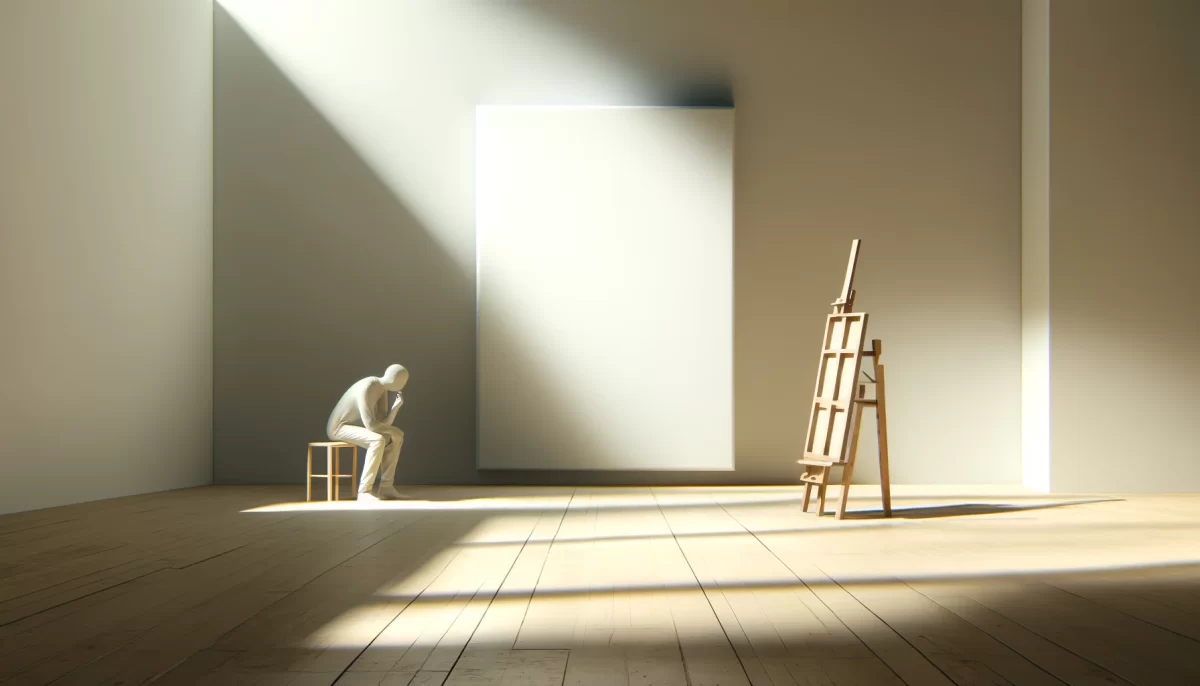
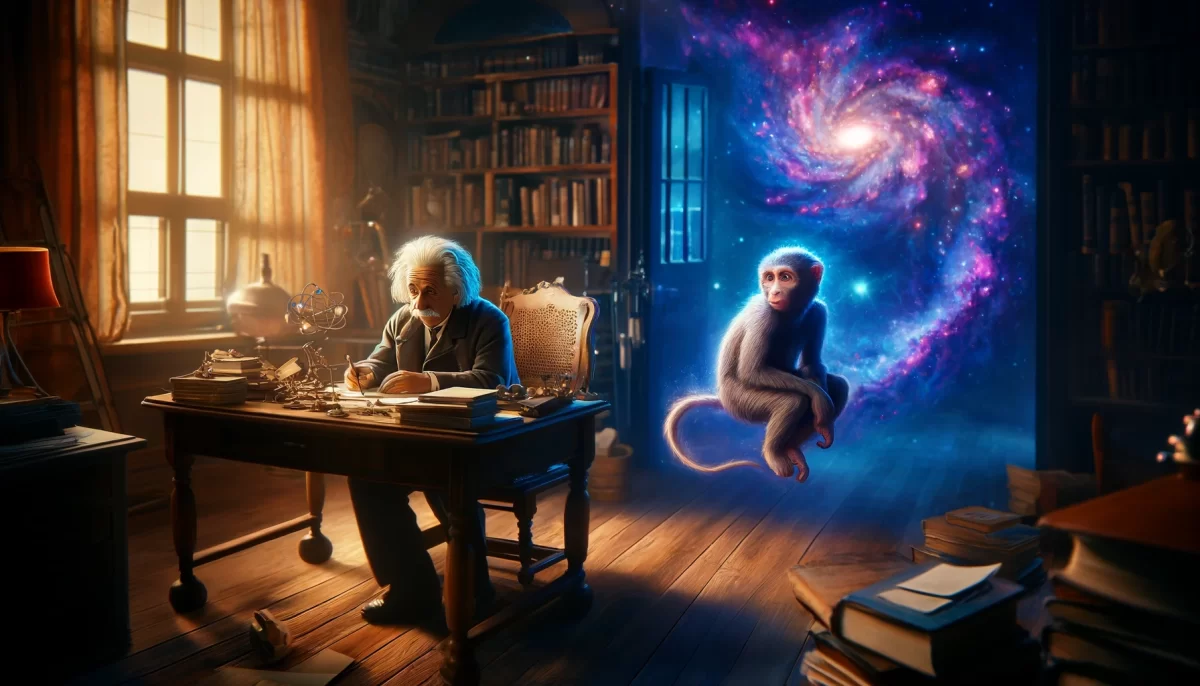
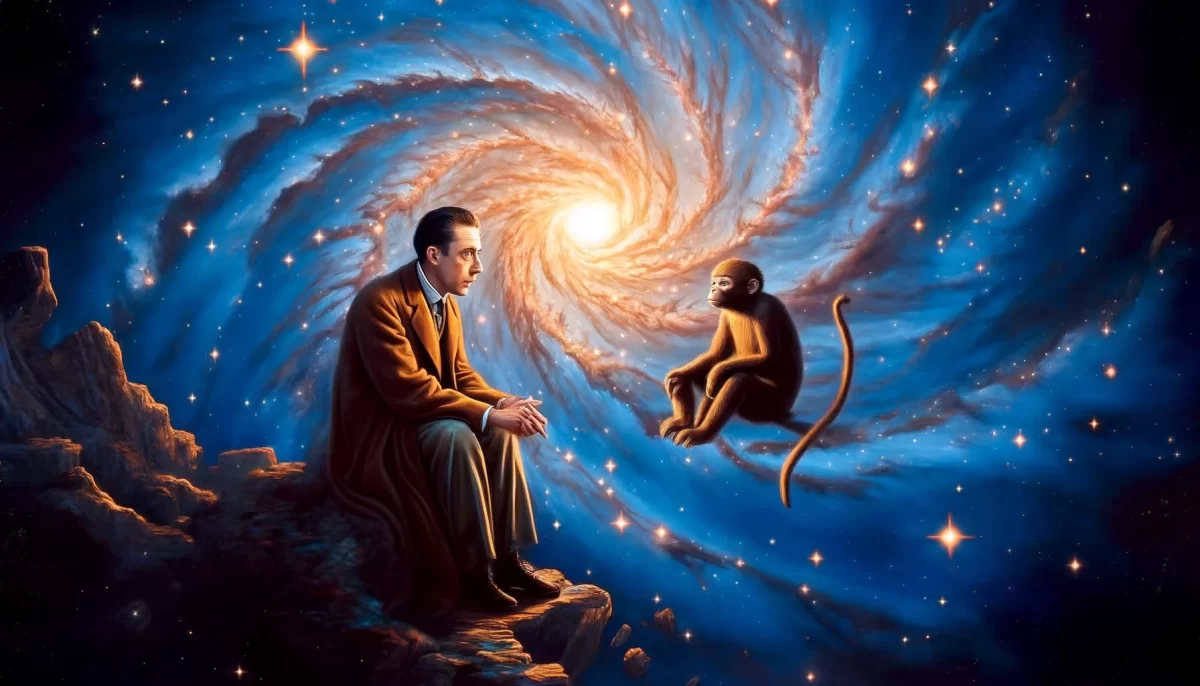
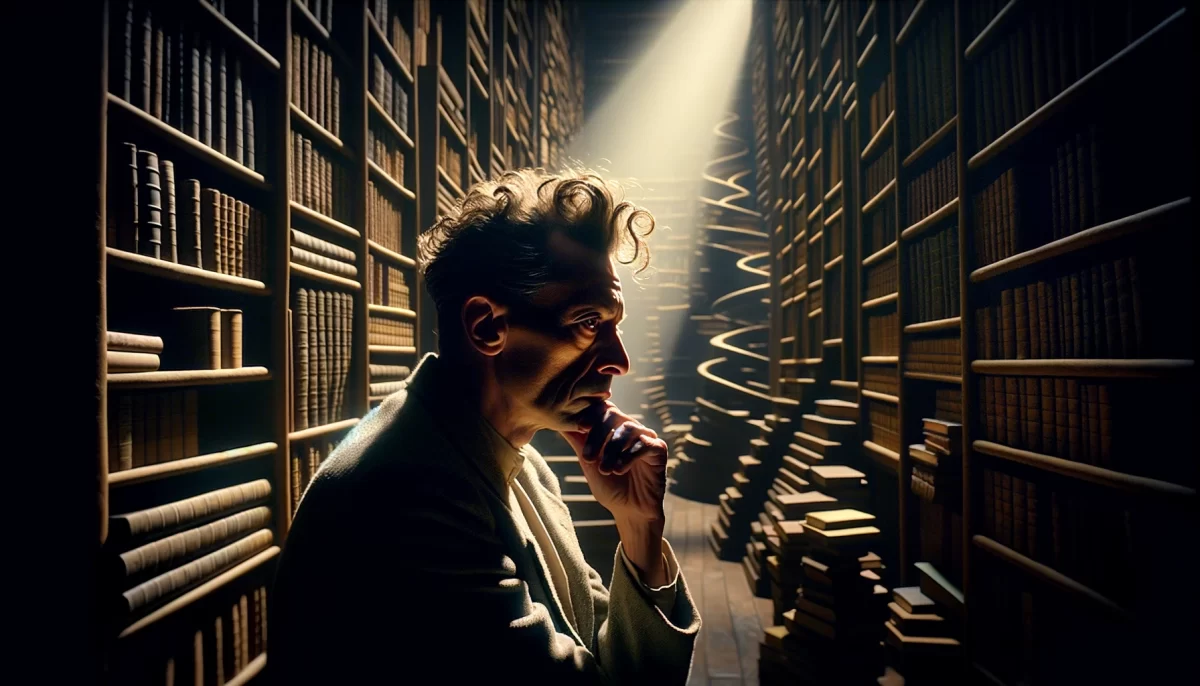
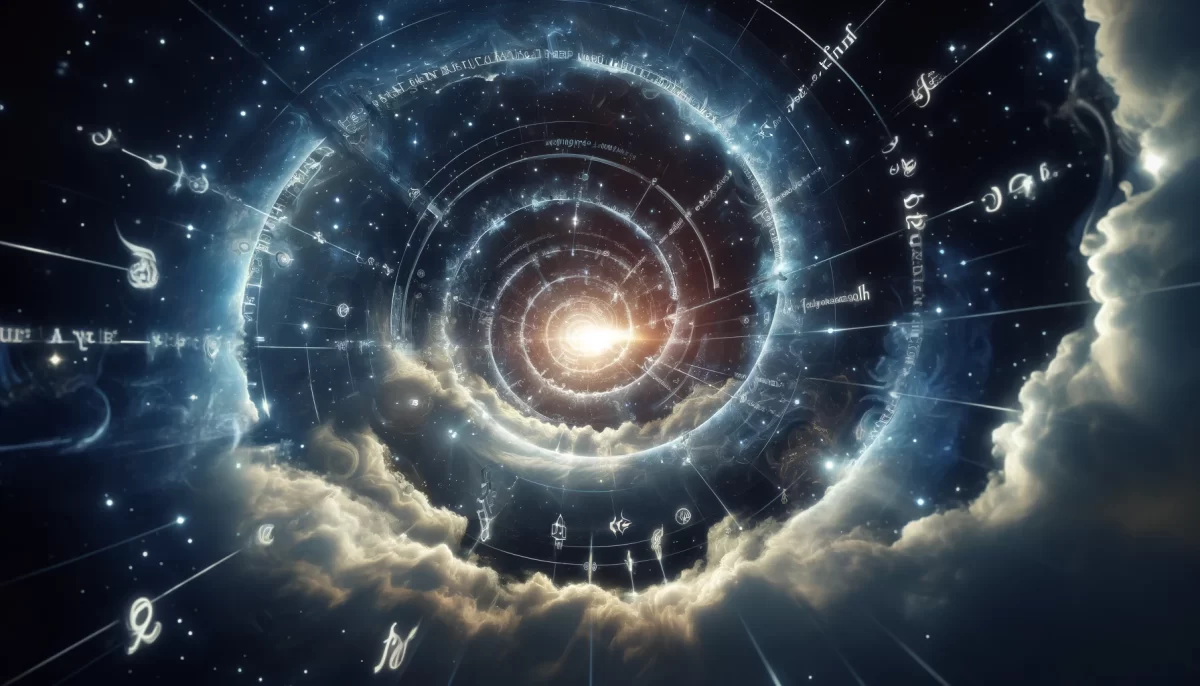
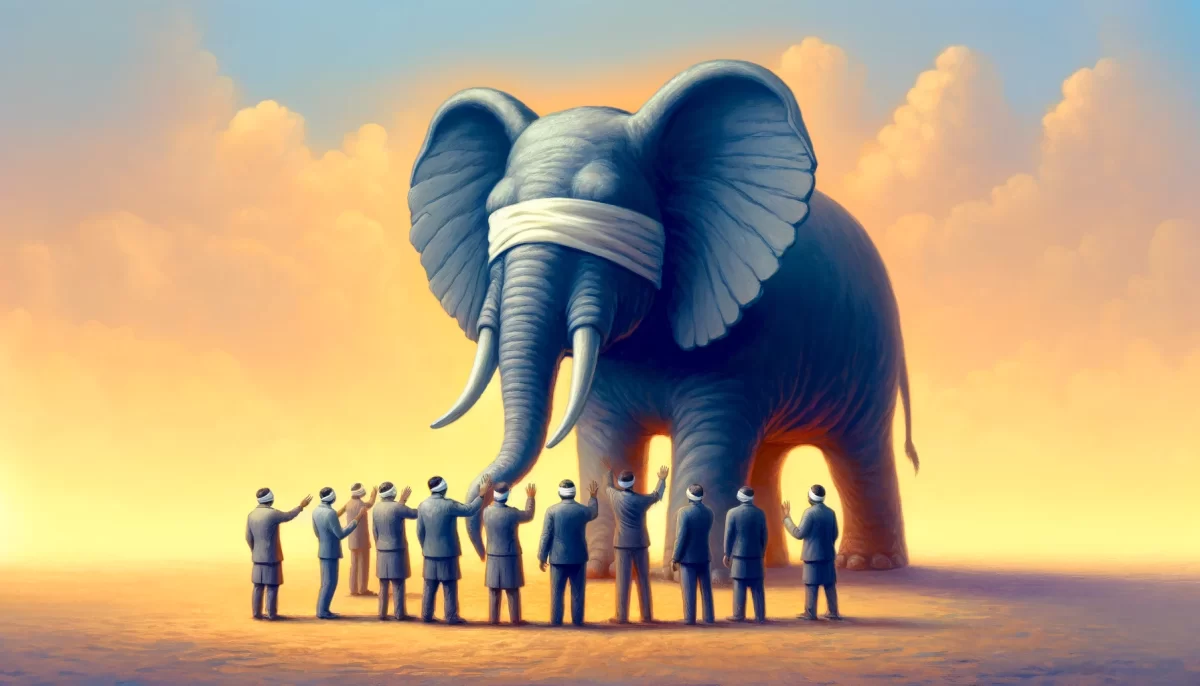
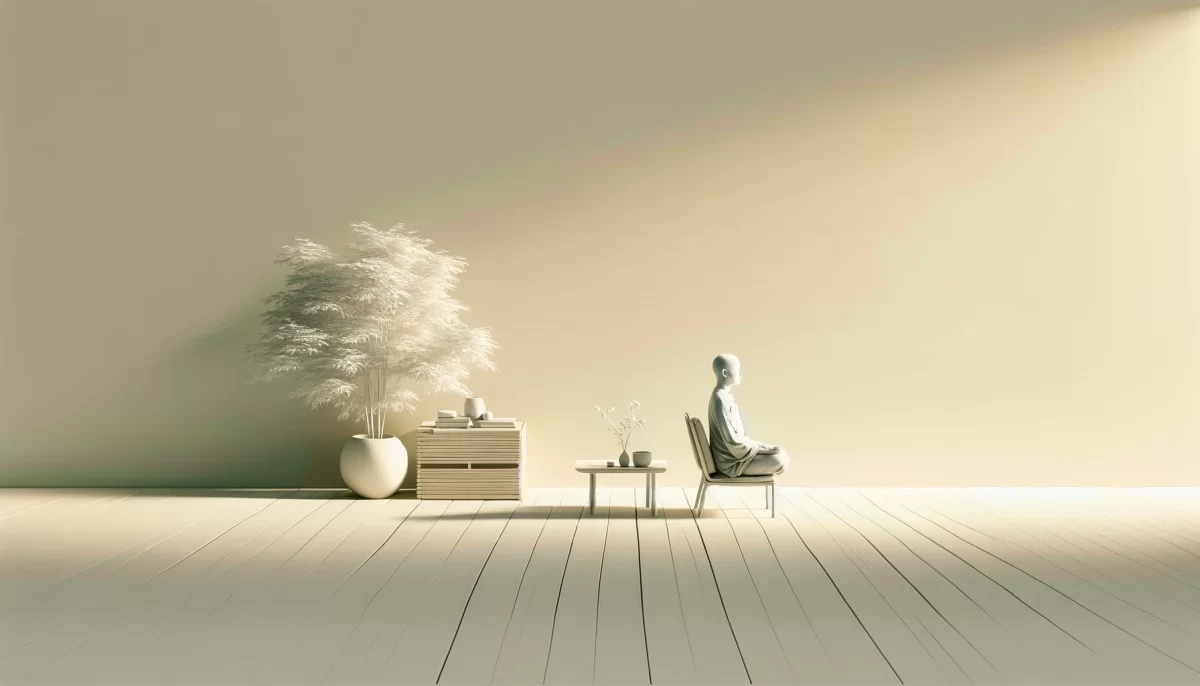





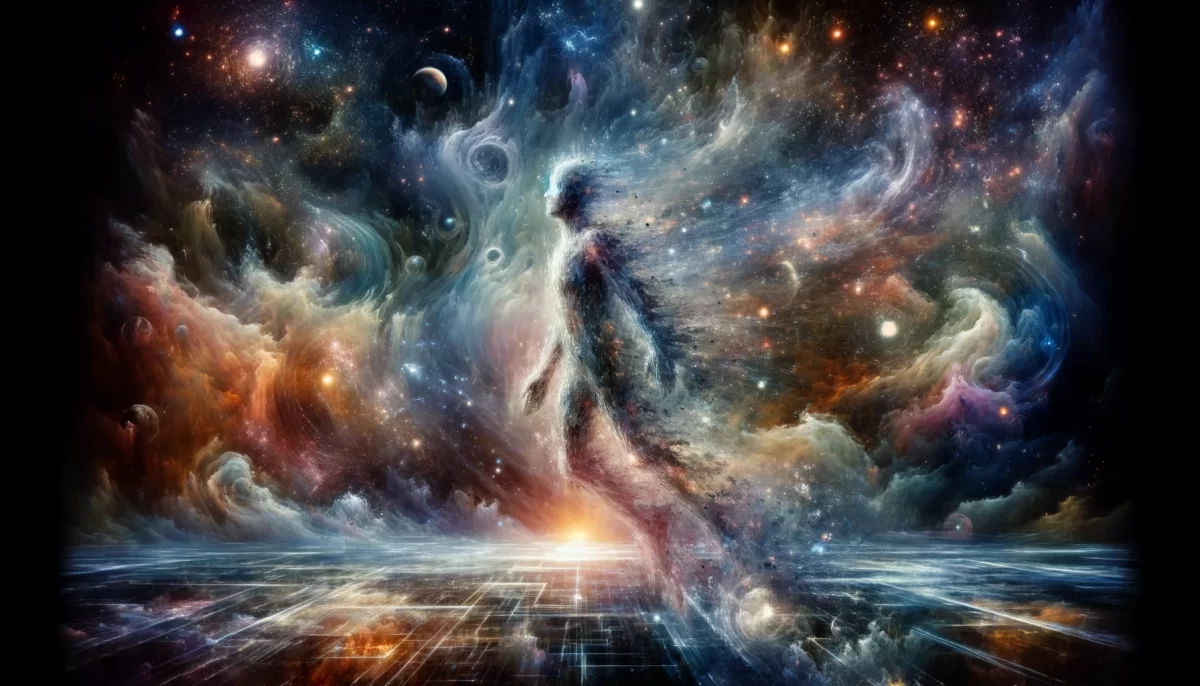
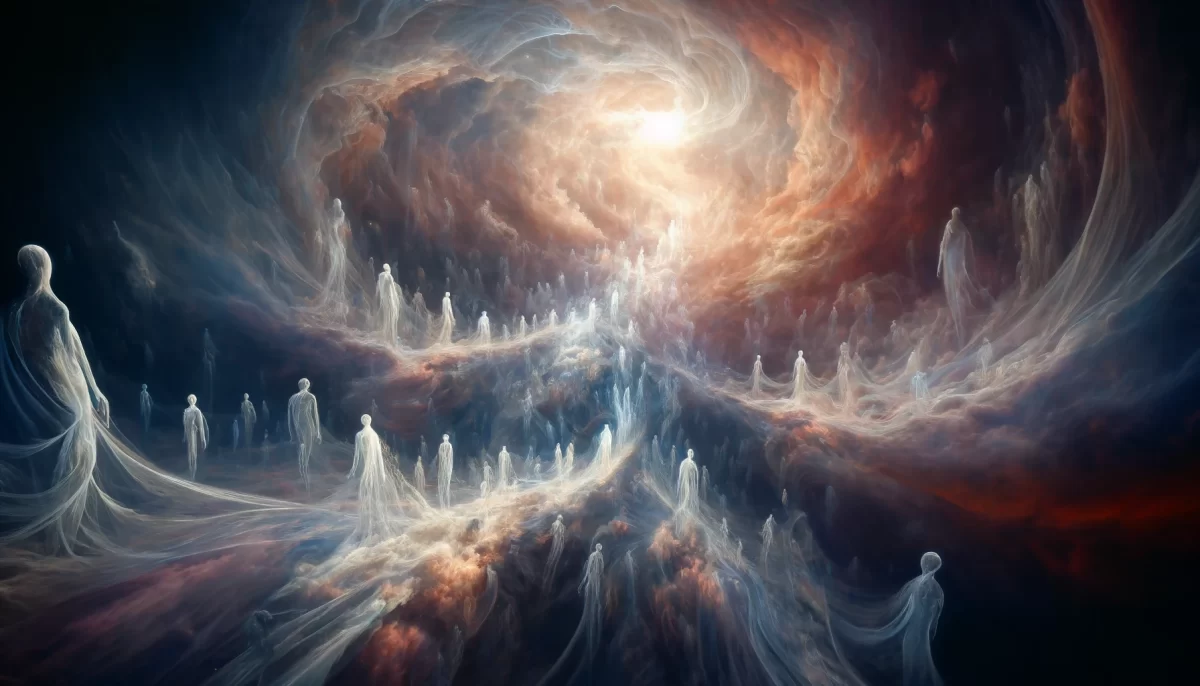
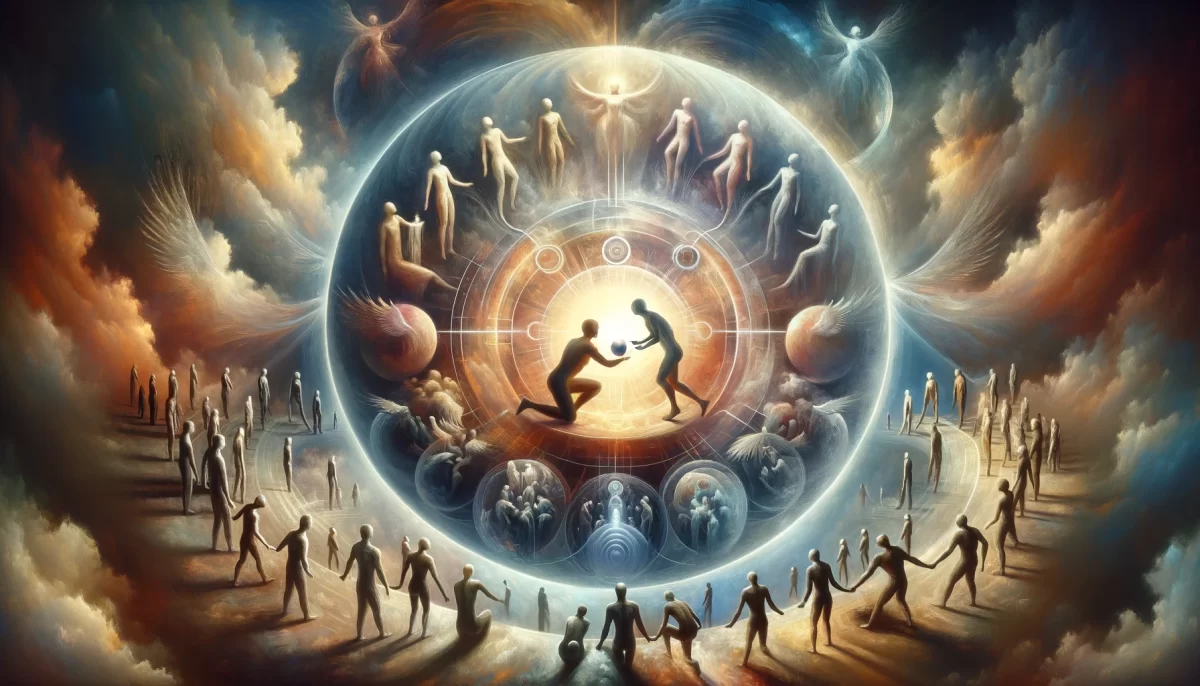
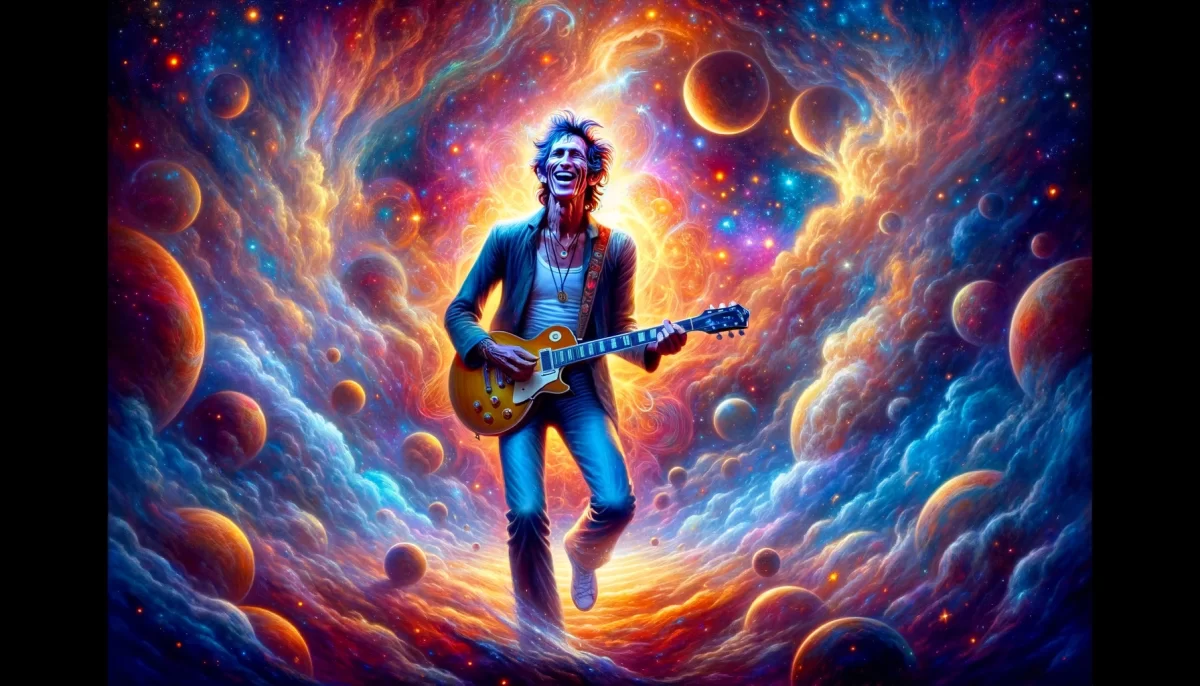



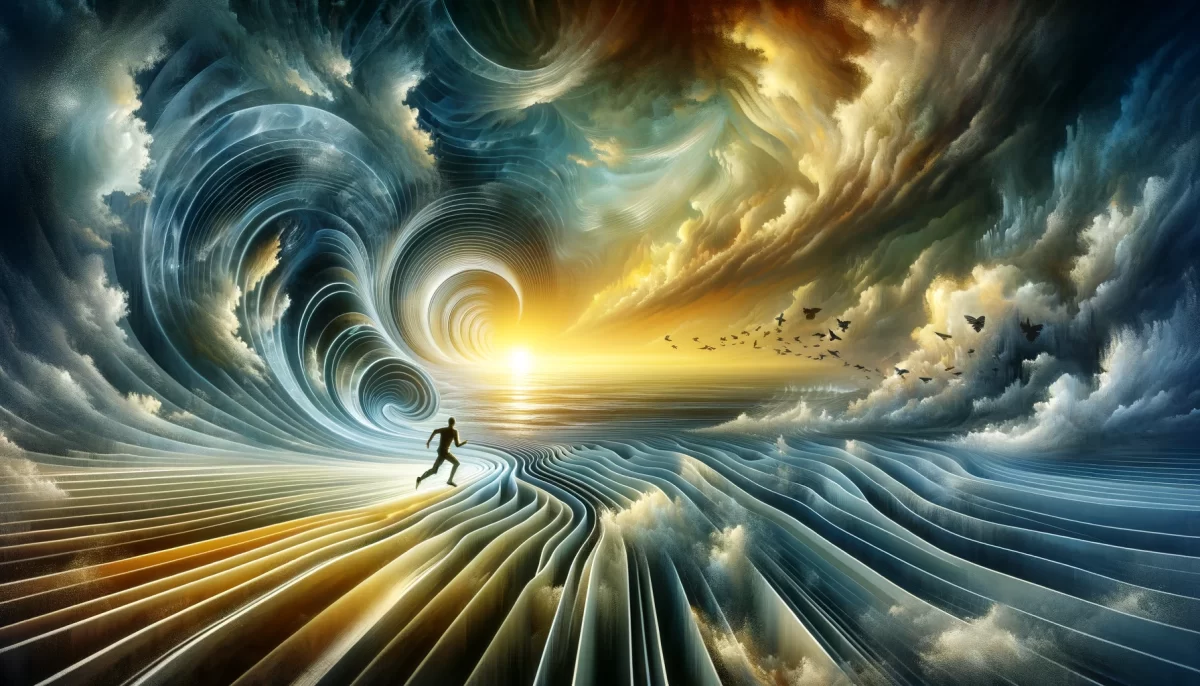
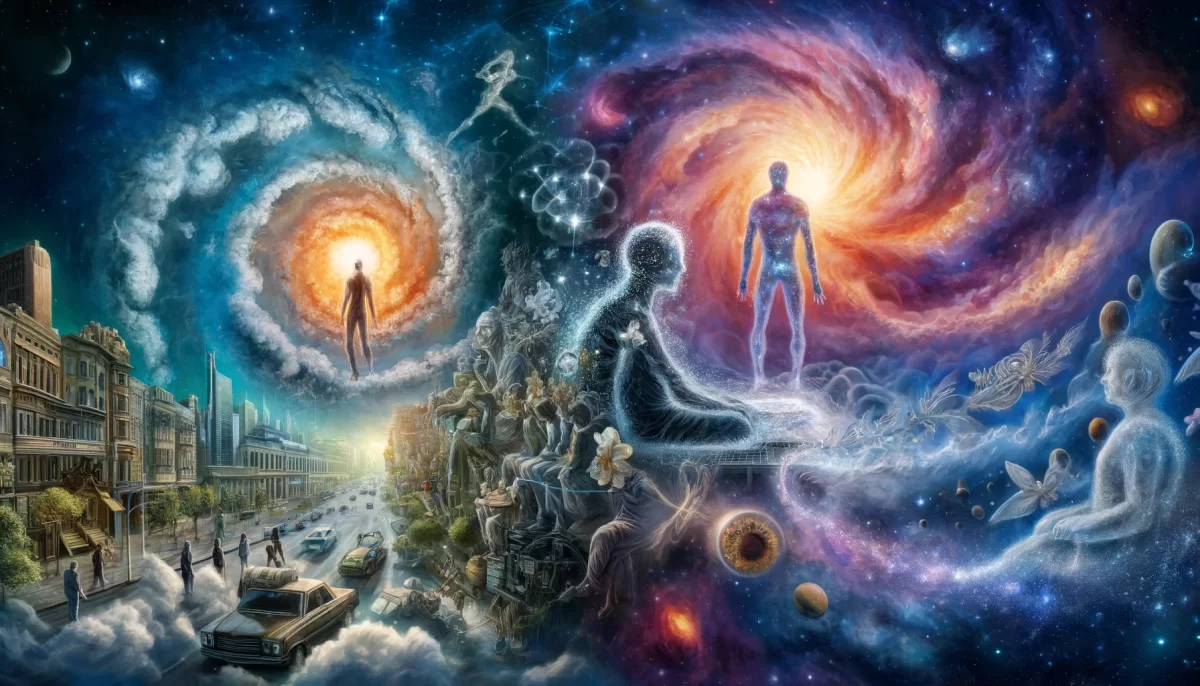
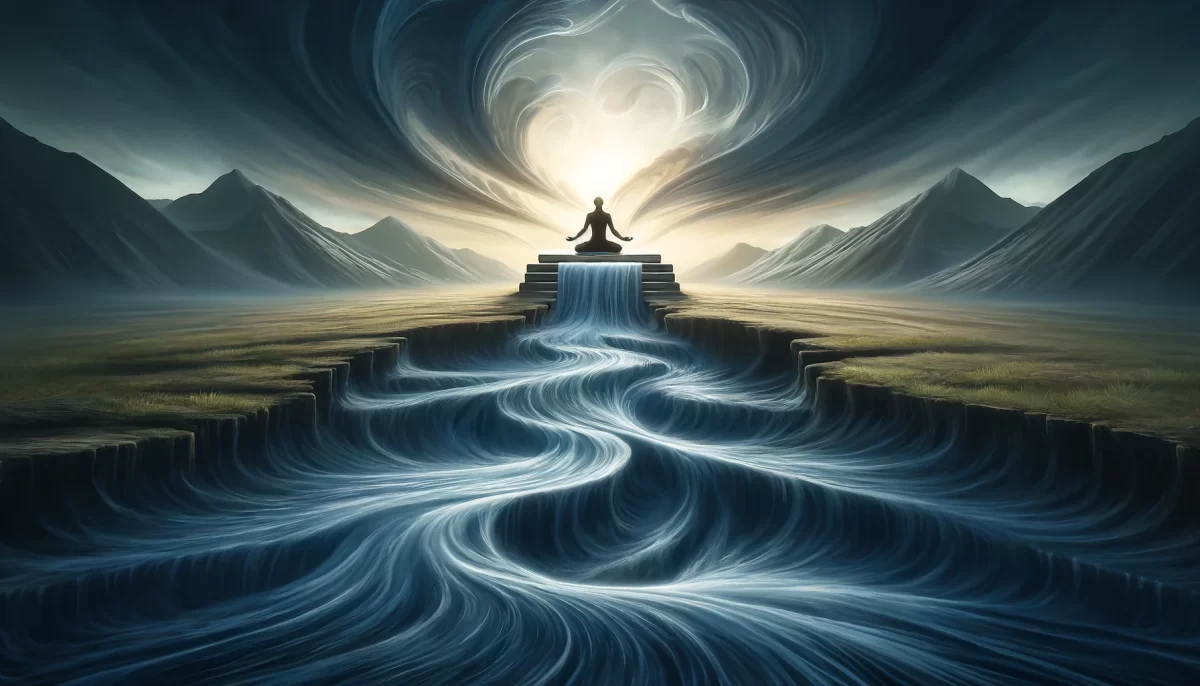
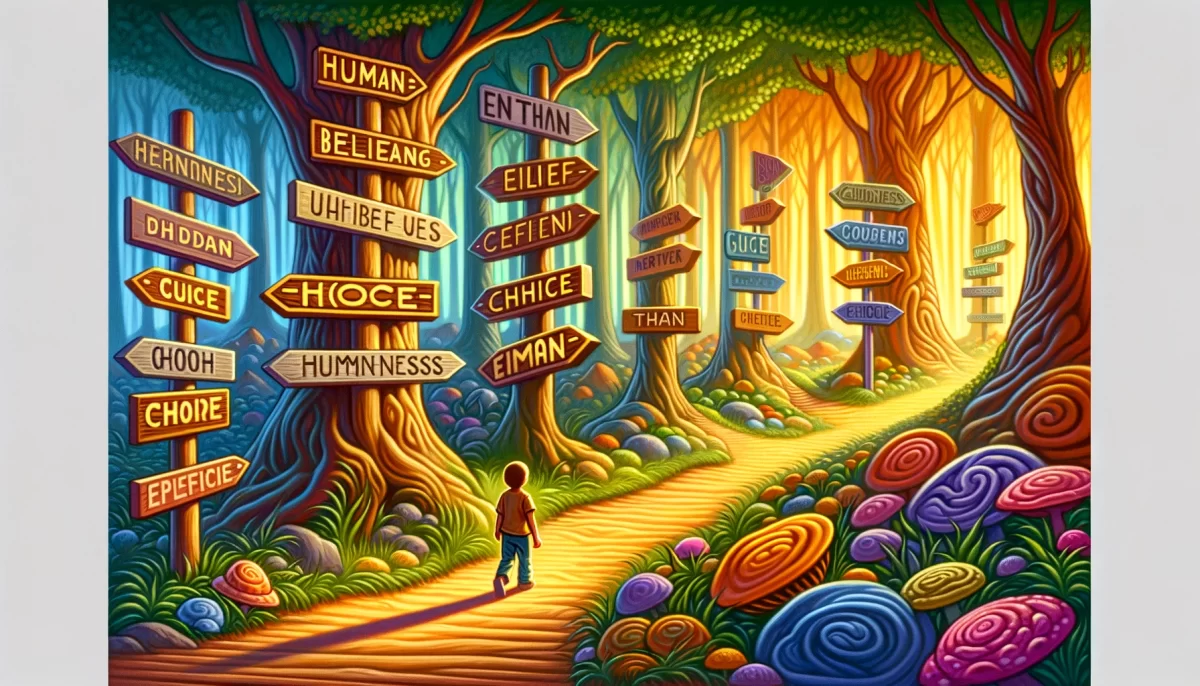
Leave a Reply